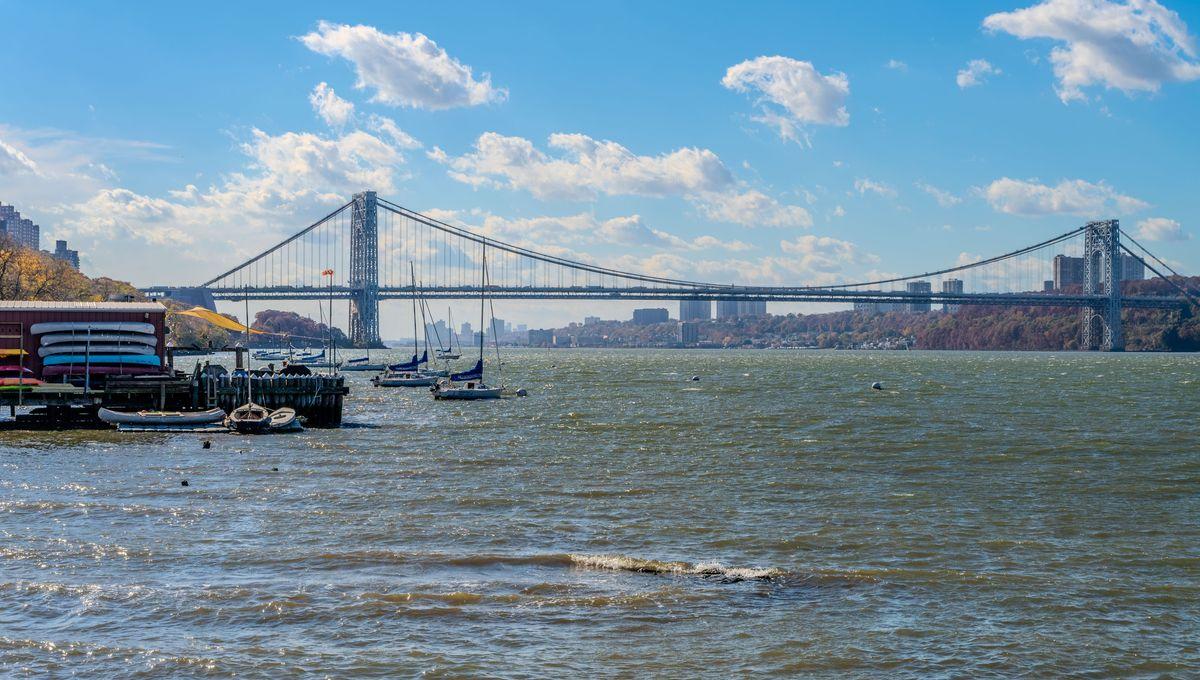-
Fil d’actualités
- EXPLORER
-
Pages
-
Blogs
-
Forums
What Is The Longest Tunnel In The World? It Runs 137 Kilometers Under New York With Famously Tasty Water

What Is The Longest Tunnel In The World? It Runs 137 Kilometers Under New York With Famously Tasty Water
Burrowing for 137 kilometers (85 miles) beneath New York, the Delaware Aqueduct holds the title of the world’s longest continuous tunnel. This incredible feat of engineering quietly delivers famously quaffable water to millions of New Yorkers every day, but few realize the scale and complexity hidden deep beneath the Earth.
The rest of this article is behind a paywall. Please sign in or subscribe to access the full content. The Delaware Aqueduct is a circular tunnel measuring 4.1 to 5.9 meters (13.5 to 19.5 feet) in diameter that carries fresh water from the Rondout, Cannonsville, Neversink, and Pepacton reservoirs towards New York City. On its journey, it snakes southward beneath the Hudson River and ends at the Hillview Reservoir in Yonkers, the final stop before distribution. On any given day, this underground artery supplies 50 to 80 percent of New York City’s drinking water. With more than 8.5 million residents relying on it, that’s an astonishing amount of water flowing invisibly beneath the state. Remarkably, this subterranean megastructure was originally built between the late 1930s and 1940s. Owing to its extreme length and depth, it couldn’t be dug from end to end in a straight shot. Instead, engineers sank 31 vertical shafts along the routes, which acted like portals that let workers and equipment access different underground segments of the tunnel simultaneously, drastically speeding up construction. Once below Earth’s surface, workers and their machinery could carve out the tunnel by drilling and blasting through solid bedrock. Concrete was mixed and transported by rail deep inside the tunnel, then poured and shaped into a circular, concrete-lined passage. As construction continued through the Second World War, there were even efforts to make the tunnel “bombproof” and resistant to sabotage. It was one of the first large infrastructure projects of its kind that didn’t maintain work camps for laborers. Instead, workers were able to commute by car and live independently in nearby towns, reflecting the changing social landscape of mid-century America. Unfortunately, its old age has started to show in recent years. The Delaware Aqueduct has been leaking upwards of 35 million gallons per day since the 1990s. The NYC Department of Environmental Protection announced a $1 billion plan to repair these leaks in 2010, with physical work scheduled to begin in 2022. However, the project has faced multiple setbacks, pushing repair work back until after 2027. However, in 2019, authorities did complete their excavation of a new bypass tunnel under the Hudson that looked to ease the leak. New York City’s much celebrated water supply – sometimes dubbed the “champagne of tap waters” – owes much of its reputation to the Delaware Aqueduct. The system delivers water so clean and pure that it requires no filtration, unlike many major cities. When the aqueduct eventually shuts down for repairs, however, New Yorkers may notice their much-loved tap water does not taste like it used to. “Just like different brands of bottled water taste a bit different, so do our different reservoirs. While some residents may notice a temporary, subtle difference in taste or aroma during the repairs as we change our famous blend, our water remains clean and safe to drink,” Rohit T. Aggarwala, the commissioner of NYC's Department of Environmental Protection, said in a statement.


